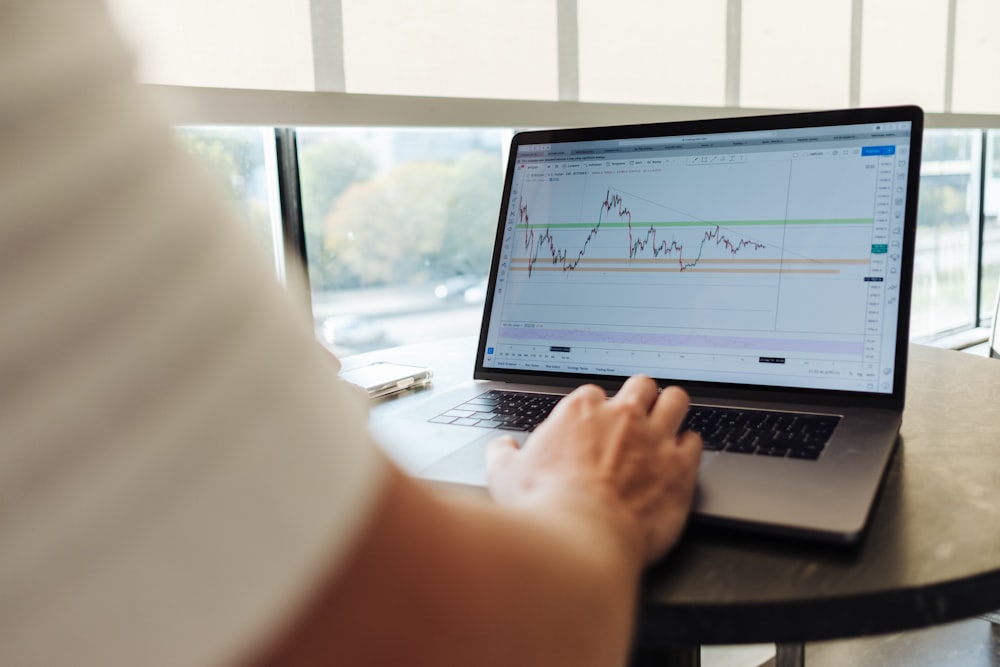
The provided analysis highlights the overvaluation of the S&P 500 as of December 2024 and its implications for future returns, and is an update to our series of articles started in 2012 assessing market valuation and estimating forward stock market returns. The most recent previous update was July 2023.The projections here are partly based on our CAPE-MA35 methodology described in the January 2019 article (Estimating Forward 10-Year Stock Market Returns using the Shiller CAPE Ratio and its 35-Year Moving Average) which is referred to as the “referenced article” further down.
What short-term stock market returns can be expected?Nobody knows, and the best one can do is to use the historic data (which is from the Shiller’s S&P series) as a guide to make estimates for the future. From the real price of the S&P-Composite with dividends re-invested (S&P-real) one finds that the best-fit line from 1871 onward is a straight line when plotted to a semi-log scale. There is no reason to believe that this long-term trend of S&P-real will be interrupted.S&P-real and the best fit line together with its 95% prediction band lines are shown in Figure-1, updated to end of December 2024. (See the appendix for the equations.)  The S&P-real average December level of 6,011 is now 55% above the long-term mean trend level of 3,876, see Figure 2. This figure shows the current level of the S&P 500 relative to the long-term trend as indicated by the dashed line parallel to the long-term trend line. Note that this relative level is now higher then it was at mid-2007 prior to the 55% decline of the S&P 500 to the March 2009 low, and at a similar relative level as it was in December 2021 prior to a subsequent decline of about 17%. Thus, it is possible for the S&P 500 to produce a significant decline from the current level, based on past history.
The S&P-real average December level of 6,011 is now 55% above the long-term mean trend level of 3,876, see Figure 2. This figure shows the current level of the S&P 500 relative to the long-term trend as indicated by the dashed line parallel to the long-term trend line. Note that this relative level is now higher then it was at mid-2007 prior to the 55% decline of the S&P 500 to the March 2009 low, and at a similar relative level as it was in December 2021 prior to a subsequent decline of about 17%. Thus, it is possible for the S&P 500 to produce a significant decline from the current level, based on past history. 
Forecasting stock market returns with the CAPE-MA35 Ratio
Also shown in Figure-1 are the CAPE-ratio (which is the S&P-real divided by the average of the real earnings over the preceding 10 years) and its 35-year moving average (MA35), having end of December 2024 values of 37.9 and 26.7, respectively. Thus, the CAPE is 42% above its MA35.As shown in the referenced article, a superior method to the standard use of the Shiller CAPE-ratio is to predict 10-year real returns using the CAPE-MA35 ratio as a valuation measure. It is simply the value of the Shiller CAPE-ratio divided by the corresponding value of its 35-year moving average (37.9 / 26.7 = 1.42).Currently the CAPE-MA35 ratio of 1.42 forecasts a probable 10-year annualized real return of about 4.6% to end of December 2034. Based on the current S&P 500 value this would indicate an end of December 2034 value of 9,400 for S&P-real, with upper and lower confidence values of 10,800 and 8,100, respectively (Figures-2 & 3).  Forecasting returns to 2034 with the long-term trend When extending the best fit line and the prediction bands (Figure-2), then the S&P-real end of December 2034 value would be 7,362.Thus, the historic trend forecasts a probable total gain of about 22% (or an annualized return of 2.0%) for S&P-real from its end of December 2024 level of 6,011 to the end of December 2034 best fit level of 7,362.
Forecasting returns to 2034 with the long-term trend When extending the best fit line and the prediction bands (Figure-2), then the S&P-real end of December 2034 value would be 7,362.Thus, the historic trend forecasts a probable total gain of about 22% (or an annualized return of 2.0%) for S&P-real from its end of December 2024 level of 6,011 to the end of December 2034 best fit level of 7,362.
Conclusion
AppendixThe best fit line and prediction band (re-calibrated to Sep-2022)The best fit line and prediction band were calculated from monthly data from Jan-1871 to Sep-2022. This includes now an additional 10 years of data of the SP-real values for the period after July-2012, previously not included in the regression analysis.The equation of the best fit line is y = 10(ax+b) y = is the dependent variable of the best fit line.
x = are the number of months from January 1871 onward.
a =0.002321819
b = 2.133179076
R2= 0.98The parameters for the 95% prediction band lines are:
Upper: a = 0.002321819, b = 2.412217299
Lower: a = 0.002321819, b = 1.854140854More By This Author:A September Unemployment Rate Of 4.0% Will Signal A Recession
Stocks Are Moderately Overvalued And 10-Year Forward Returns Look Reasonably Good
iM’s Business Cycle Index Recovers But Still Signals A Recession







Leave A Comment